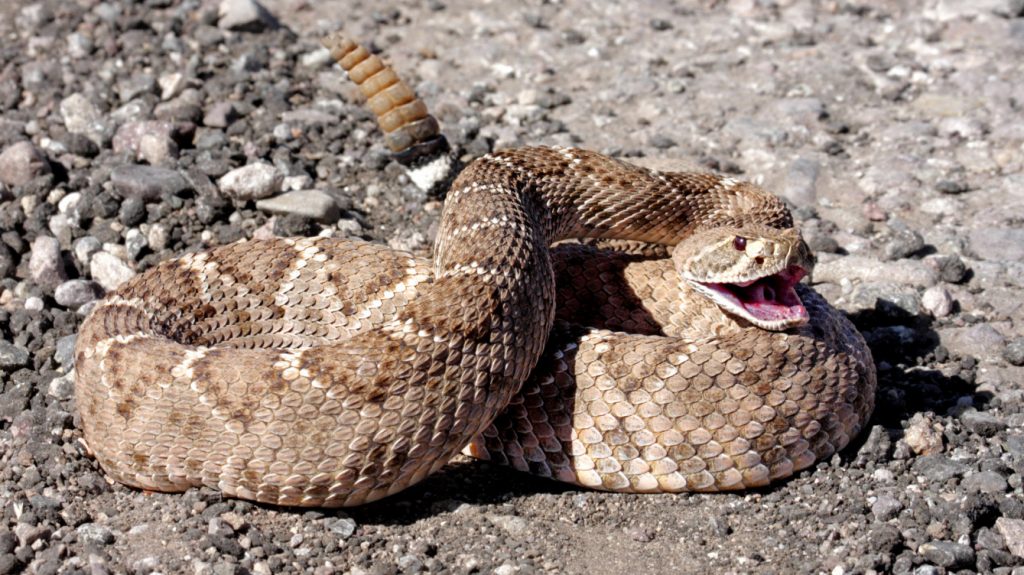Understanding and managing risks for a safe outdoor experience
When venturing out with your dog during spring, it’s important to be proactive about various risks to ensure a safe and enjoyable experience. Here’s a detailed look at common hazards and tips on how to stay safe:
Ticks
Risk: Ticks are prevalent in wooded areas and grasslands and can transmit diseases like Lyme disease to your dog.
Prevention:
- Use tick preventatives recommended by your vet.
- Regularly check your dog for ticks, especially after walks in areas known for tick activity.
- Keep to clear paths to minimize exposure.
Heartworms
Risk: Heartworms are transmitted by mosquitoes and can be fatal if not treated.
Prevention:
- Administer heartworm preventatives as prescribed by your vet.
- Avoid areas with high mosquito activity, especially during peak times at dawn and dusk.
Blue-green algae
Risk: Toxic algae blooms can occur in stagnant bodies of water and are harmful if ingested by dogs.
Prevention:
- Avoid letting your dog swim or drink in bodies of water that appear slimy or discolored.
- Pay attention to posted signs about algae warnings at local water bodies.
Rogue waves and strong currents
Risk: Ocean and bay waters can be unpredictable, with sudden large waves and strong currents that can sweep a dog out to sea.
Prevention:
- Keep your dog on a leash near the shore.
- Familiarize yourself with the beach’s safety guidelines and notice any warning signs posted about current conditions.
Wildlife encounters
Risk: Encounters with snakes, coyotes, or other wildlife can pose a risk to off-leash dogs.
Prevention:
- Always keep your dog on a leash in areas where wildlife is known to be active.
- Stay on designated trails and watch for wildlife, especially during dawn and dusk when many animals are more active.
Heat and dehydration
Risk: Even with moderate temperatures, dogs can overheat quickly, especially those that are very active or have thick coats.
Prevention:
- Always carry water for both you and your dog.
- Avoid strenuous exercise during the hottest parts of the day.
- Be aware of your dog’s tolerance for heat and provide ample shade and rest breaks.
Toxic plants
Risk: Certain plants found in natural settings or even urban gardens are toxic to dogs if ingested.
Prevention:
- Learn to identify local toxic plants and keep your dog away from them.
- Discourage your dog from eating any plants during your outings.
By being aware of these risks and taking preventative measures, you can help ensure that your adventures with your dog in California e safe and enjoyable. Always consult with a veterinarian if you have concerns about specific local hazards or if your dog shows any signs of distress or illness after an outing.
Last updated on April 24, 2024.







